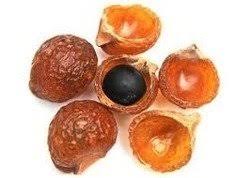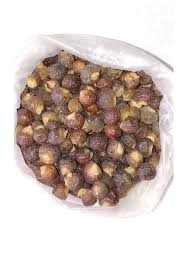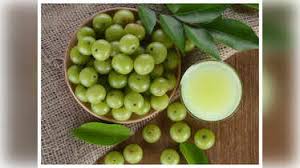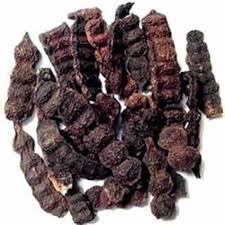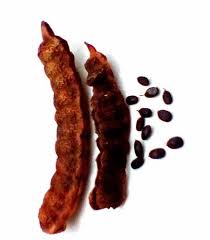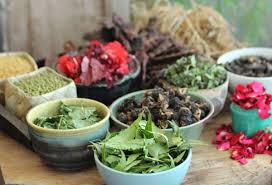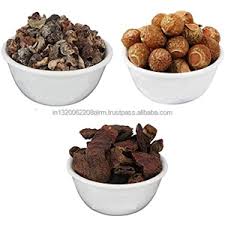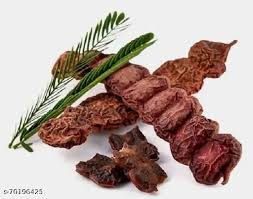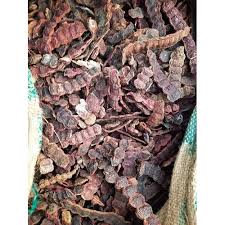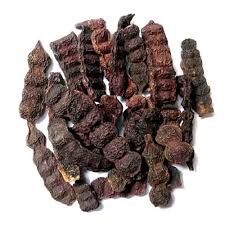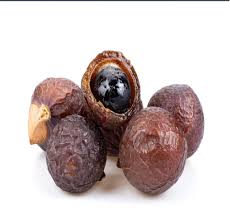
How to Store Shikakai Powder for Maximum Freshness
Shikakai powder, derived from the dried pods of the Acacia concinna plant, is a traditional Ayurvedic remedy primarily used for hair cleansing and scalp nourishment. Known for its gentle cleansing properties and natural saponins, Shikakai has been trusted across generations for maintaining healthy hair and promoting natural hair growth. However, to preserve its effectiveness and healing benefits, it’s essential to store it properly.
Improper storage can lead to contamination, loss of potency, and even the growth of bacteria or mold. In this comprehensive guide, we will explore how to store Shikakai powder for maximum freshness and longevity. Whether you use Shikakai regularly or occasionally, proper storage techniques will help you get the most out of this herbal treasure.
How to Store Shikakai Powder for Maximum Freshness
- Choose the Right Container
Always use airtight containers to store Shikakai powder.
Prefer glass jars with tight-fitting lids or stainless steel containers over plastic.
Avoid transparent containers as light can degrade the quality of the powder.
If using plastic, choose BPA-free, food-grade, opaque containers.
Why it matters: Airtight and light-resistant containers prevent exposure to air, moisture, and UV rays, which can lead to the breakdown of nutrients and medicinal properties.
- Keep It in a Cool, Dry Place
Store the container in a cool and dry cabinet, away from direct sunlight and heat.
Avoid areas like kitchens or bathrooms where humidity levels tend to be high.
Do not refrigerate the powder, as temperature fluctuations can cause condensation inside the container.
Why it matters: Shikakai powder is hygroscopic, meaning it absorbs moisture from the air. Moisture can cause clumping, spoilage, and microbial growth.
- Use a Dry Spoon Every Time
Never use wet or damp spoons to scoop the powder.
Designate a dry, clean spoon solely for handling herbal powders.
Avoid using fingers to take out the powder, as it may introduce bacteria or oil.
Why it matters: Water and moisture are the leading causes of microbial contamination and spoilage in powdered herbs.
- Label the Container with the Date
Always write the packaging date or purchase date on the container.
If you’re transferring it from the store packaging to your own container, make a note of it.
Maintain a record if you use multiple herbal powders.
Why it matters: Knowing how long you’ve had the powder helps you monitor its freshness and discard it when it’s past its optimal usage time.
- Divide into Small Portions
If you purchase Shikakai powder in bulk, divide it into smaller containers.
Use a small container for daily use and keep the rest sealed in a main storage container.
This minimizes repeated exposure to air each time you open the lid.
Why it matters: Every time the container is opened, the powder is exposed to humidity and air, which can degrade its quality over time.
- Use Silica Gel or Natural Desiccants
Place food-safe silica gel packets inside the storage container (not in direct contact with the powder).
Alternatively, you can use natural desiccants like dried neem leaves or cloves placed inside the container (wrapped in muslin cloth).
Why it matters: These absorb excess moisture and prevent fungal growth without altering the properties of the powder.
- Avoid Sunlight Exposure
Store the powder in a dark place or use amber-colored jars.
Avoid placing the container near windows or heat-producing appliances.
Why it matters: Sunlight can oxidize the components in Shikakai powder and degrade the saponins, making it less effective.
- Don’t Mix with Other Powders in Storage
Keep Shikakai powder stored separately from other herbal powders like Amla or Reetha.
Combine them only at the time of use or formulation.
If you must store a blend, ensure all powders are dry and thoroughly mixed.
Why it matters: Different powders have different shelf lives and moisture content. Mixing them prematurely can lead to quicker spoilage.
- Check for Spoilage Signs
Inspect the powder monthly for:
Unusual odor (musty, sour, or chemical-like)
Color changes (dark patches, mold spots)
Texture changes (clumping, wetness)
If you detect any of these signs, discard the powder immediately.
- Avoid Frequent Opening of Main Container
Keep one jar for daily use and avoid opening the primary bulk container often.
Each time you open the main container, it is exposed to air and light.
Refill the small jar every week or as needed.
Why it matters: Less exposure means longer freshness and minimal contamination risk.
Shelf Life of Shikakai Powder
Homemade or freshly ground: 6 to 9 months
Commercially packaged (sealed): 12 to 18 months (check manufacturer expiry)
Opened commercial pack: Use within 6 to 8 months for best results
Tips to ensure maximum shelf life:
Always reseal after every use.
Avoid transferring between containers multiple times.
Buy from a trusted source to ensure purity and freshness.
Bonus Tips for Herbal Users
Buy in small quantities if you’re not using the powder frequently.
Prefer organic or chemical-free powders to reduce risk of contamination.
Keep away from areas where spices, oils, or strong-smelling substances are stored as Shikakai powder can absorb odors.
Always store the powder above ground level to avoid moisture accumulation from floors.
Conclusion
Storing Shikakai powder properly is as important as choosing a good-quality product. By paying attention to storage conditions, containers, handling methods, and environmental factors, you can extend the life and potency of your herbal powder significantly.
Whether you’re using Shikakai for daily hair care, DIY masks, or herbal formulations, freshness is the key to receiving its full benefits. A few extra steps in storage can make a noticeable difference in results and preserve the purity of this age-old Ayurvedic remedy.


